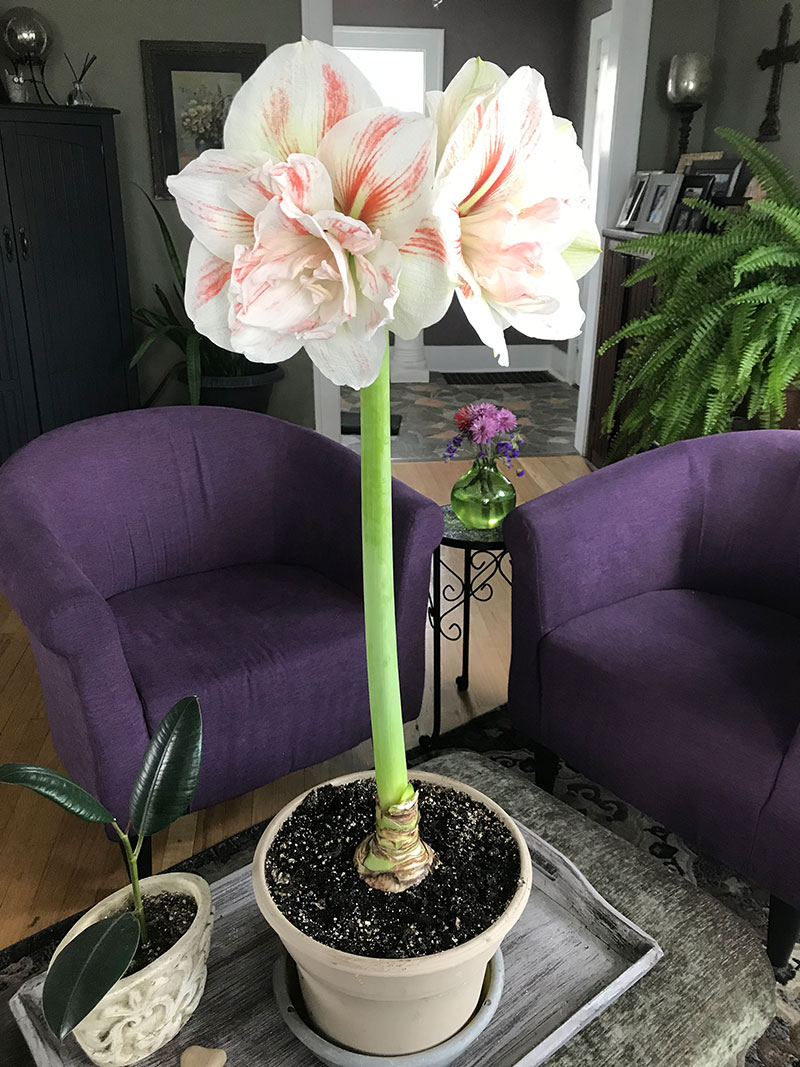
On-site home/office plant care visits to limited Manhattan locations.
Remote plant care phone consultations from anywhere.
Call or text 917-887-8601
9am – 9pm, seven days to schedule a consultation.
Welcome to Horticultural Help
Professional Indoor Plant Services

Established in 1989, Horticultural Help, Professional Indoor Plant Services, serves the indoor plant care needs of small businesses and residents in NYC. Despite our 35 years of experience, we remain small by choice, ensuring the highest indoor plant service standards while keeping costs affordable.
Horticultural Help proudly offers a unique residential “Plant Doctor” service through on-site and remote service calls. Horticulturist and indoor plant expert Will Creed has nearly 40 years of professional experience caring for indoor plants in NYC businesses and homes and has solved thousands of indoor plant problems worldwide.
At Horticultural Help, the owner, Will Creed, is not just a plant care expert but a hands-on professional who personally performs all services. This personal involvement ensures the highest quality, most experienced, and most reliable indoor plant care available in NYC, giving you peace of mind.
_____________________________________________ “Personal service is my first priority! I have solved the individual plant problems for hundreds of houseplant owners in NYC and worldwide. No matter what your indoor plant problem, I can help you solve it!”
“Personal service is my first priority! I have solved the individual plant problems for hundreds of houseplant owners in NYC and worldwide. No matter what your indoor plant problem, I can help you solve it!”
SERVICES PROVIDED BY HORTICULTURAL HELP

Home and office plant consultations in Manhattan

Diagnosis and treatment of plant disease and pests

Scheduled plant maintenance for small businesses in Manhattan

Repotting, pruning and fertilizing when appropriate

NYC “Plant Doctor” house-calls for Manhattan residents

Free expert indoor plant care advice by email and phone

Assistance in selecting and purchasing appropriate indoor plants

Practical solutions to all indoor plant problems
CRITICAL ACCLAIM
FIND OUT HOW I CAN HELP YOU WITH YOUR INDOOR PLANT CONCERNS.

You can contact her at kristi@studio545.com


CALL NOW FOR A FREE PHONE CONSULTATION & EVALUATION. RATES ARE REASONABLE AND AFFORDABLE. 917.887.8601
Created by Studio 545 Website Design
© 2024 Horticultural Help


